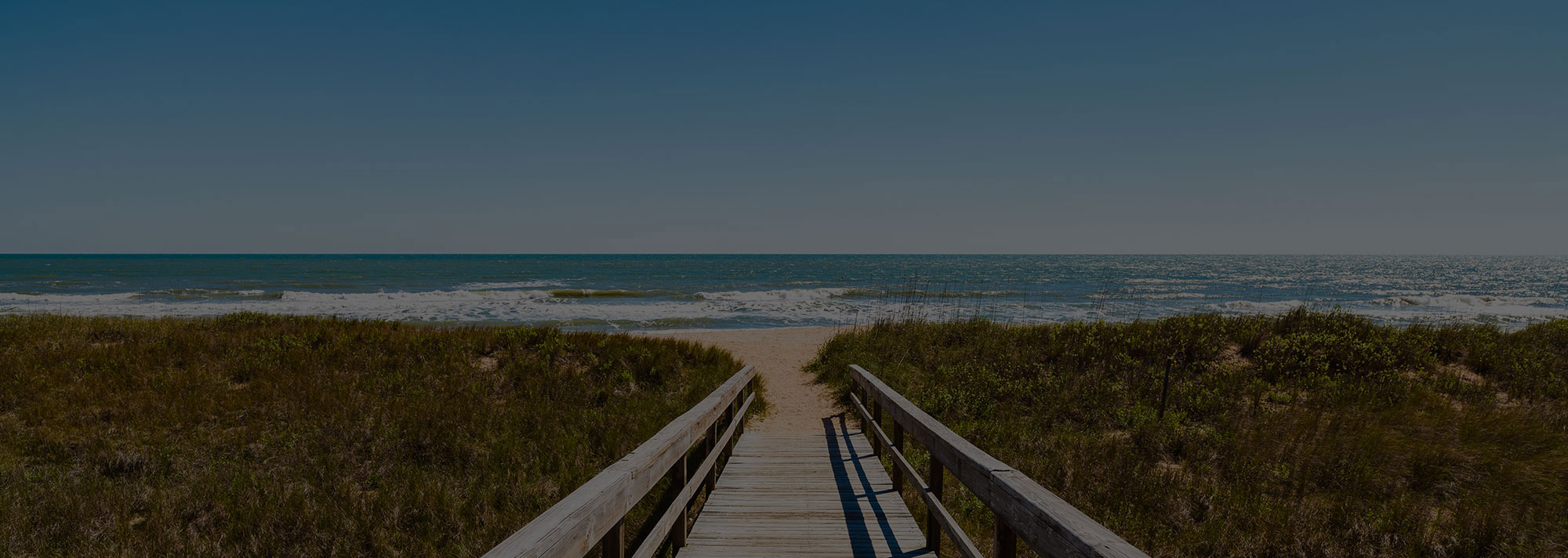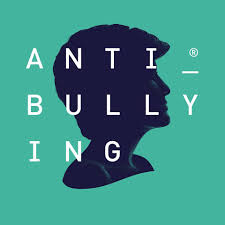Let’s Put an End to Bullying
Kids in the US attend school for 180 days a year! Half of our childrens’ waking hours from Monday to Friday are spent in classrooms with peers and teachers. We hope, watch, and wait to see if the people who share our son’s or daughter’s time are going to think he/she is as wonderful as we do! The Retreat at Ponte Vedra Beach believes that children and teens need a safe and supportive educational environment to achieve their academic potential. We are beginning a series of blog posts to help arm parents, kids, and educators in our community with tools to prevent, recognize, intervene and bounce back from bullying.
This week we look to www.stopbullying.gov/what-you-can-do/teens/index.html for evidence based steps in preventing bullying. Kids take their cues from the adults in their life about how to view bullying. Parents, teachers, coaches, and administrators serve a vital role in setting the scene at school. We are going to walk through the these prevention guidelines week by week and then move on to intervention and recovery.
Preventions and What You Can Do:
- Talk about what bullying is and give some examples. Tell kids bullying is not tolerated on or off campus and the everyone has a role in preventing it. Make sure kids know who they can go to at school to report something they see happening and that they can make an anonymous report. Take a look below for our first expanded discussion.
- Talk to your child’s school about how they prevent bullying and ask if they have a campaign or curriculum they offer specific grade-levels struggling with bullying concerns.
- If your child has already been involved with bullying, talk with a specialist about building resilience. It is important for kids to unlearn the bully or victim role before starting a new grade or school to keep the pattern from continuing.
- Check in with kids periodically. Listen to their experiences about making and keeping friends. Ask about school. Understand their concerns about fitting-in, being well-liked, and having a place at school they feel accepted.
- Foster Interests and Hobbies. Special activities can boost confidence, help kids find like-minded friends, and protect them from bullying behavior.
- Be a good role model! Kids learn from observing social behavior. When they see how parents treat one another, principals treat teachers, and coaches treat the opposing team, they are crafting scripts for life. Examples of adults and peers treating each other with kindness and respect are the best weapon we have against bullying.
Bullying: Know it when you see it!
Children who are able to identify bullying can learn to stand up for themselves and others. Kids often need grown-ups to help them talk about difficult or embarrassing topics. They also need adults to give them the space and permission to talk. When they have this, they can safely respond to bullying and get help.
- Step 1: Help your child identify bullying when it happens. Ask them to tell you about bullying or if they have seen it at school or on TV. Physical bullying like pushing, stealing, tripping, threatening with weapons, and acts of intimidation happens on school campuses everyday. However, bullying is often more subtle than pulling someone’s hair or taking their lunch money. It is often a very personal and shameful. See if your child can identify name calling, rumor spreading, turning peers against someone, pointing and laughing, and intentionally making it unpopular to like someone as bullying.
- Step 2: Help your child identify trusted adults at school, at home, at camp, and any other place they spend time. Don’t take for granted that they know who to talk to or that you want them to speak-up. Kids, particularly if they are dealing with a bit of depression or anxiety, can erroneously believe that their problems are not important enough to share.
- Step 3: Let your child know that it is brave to speak-up about bullying. Help them step away from the stigma. It takes a lot of courage for a kid to admit to an adult that they are being bullied! Secretly they may fear that an adult or parent won’t take them seriously or will view them as weak. Their worst fear is that the adult will agree with the things the bully has said or done. In my experience, this is the largest barrier to kids reporting bullying to their parents.
- Step 4: Tell you child that no one is allowed to hurt them, just as they are not permitted to hurt anyone else. Let them know that they deserve to be treated with dignity and that the adults at school and in the community believe this also. Adults will take steps to address when bullying is identified. Most importantly, tell your child that if they inform you of bullying, you will NEVER MAKE THEM SIT DOWN WITH THE BULLY TO TALK IT OUT. This does not help and is not recommended. Bullying prevention is accomplished through the bystander effect: when enough kids believe they deserve to go to a school where everyone feels safe and accepted, they will stand-up for that belief. Building this culture into educational settings, athletic programs, extracurricular activities, and our homes is the treatment for bullying problems in a community.
- Step 5: Remember that parents are not expected to have all the answers to challenges children face. Give comfort, support, and advice, even if you can’t solve the problem directly. Children are not always looking for solutions, in fact jumping to problem solving before understanding their experience can be invalidating. Let them know what they feel makes sense. Ask them what they think would help–problem solve together.
- Step 6: Give tips, like using humor and saying “stop” directly and confidently, if they find themselves in the middle of a bullying situation. If it’s something more complicated or dangerous, find strategies for staying safe, such as staying near adults or groups of other kids.Talk about what to do if those actions don’t work.
Additional Resources:
Follow our Blog for more on this series. We will visit these topics in more detail in weeks to come. The Retreat at Ponte Vedra Beach will tackle the topics of cyberbullying, helping your child form a peer group, identifying bullying at home, bully proofing, bouncing back from bullying, and more. Check with the Retreat at Ponte Vedra Beach this fall to join our Bouncing Back Group for kids to have experiencing bullying.









